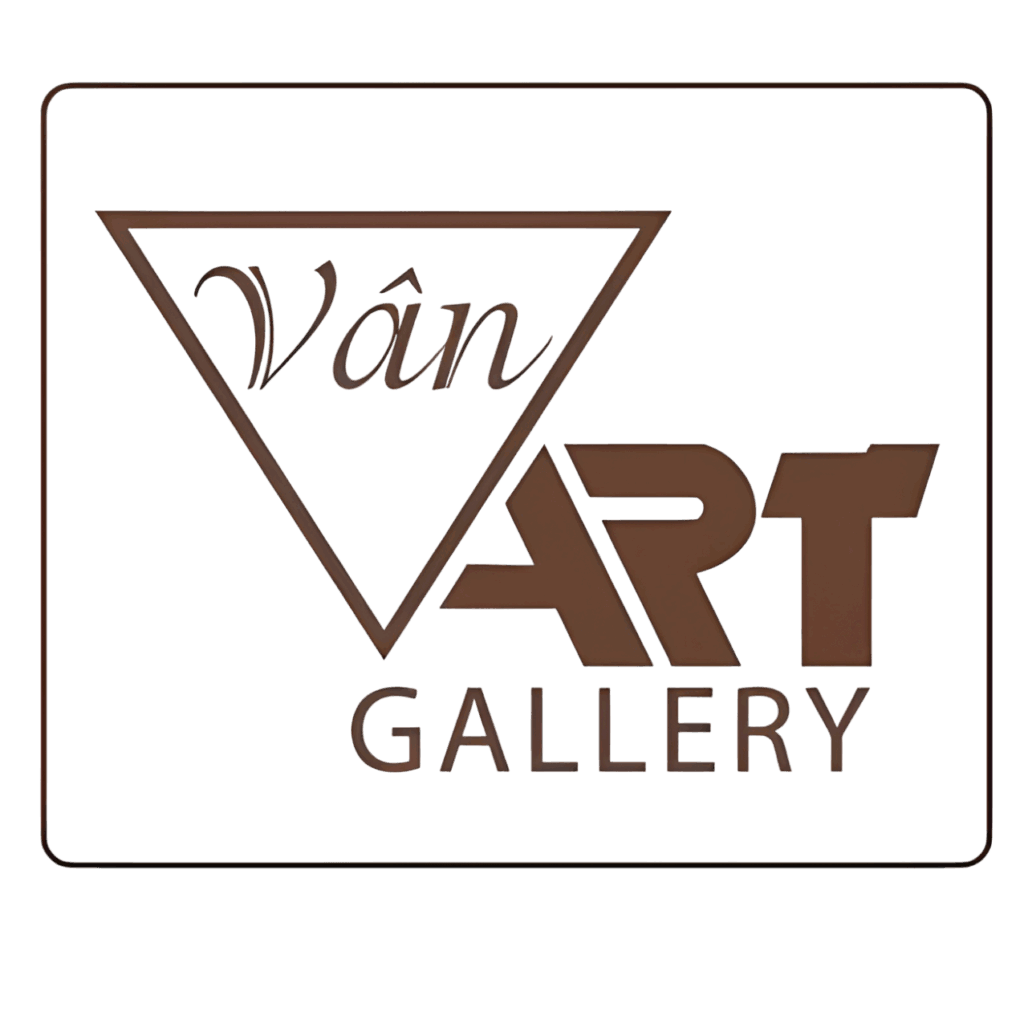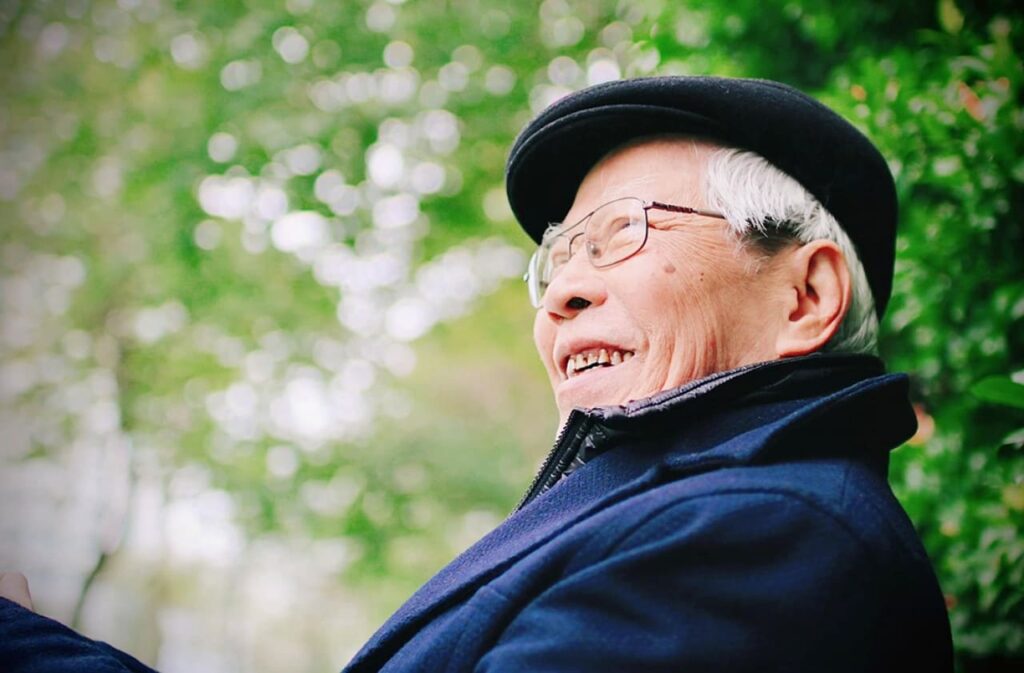Ngô Mạnh Lân: The Animator Who Brought Vietnamese Folk Tales to Life
Ngô Mạnh Lân shines as a brilliant star in Vietnamese art, vividly animating the nation’s folk stories through captivating animated films. If you’re seeking an in-depth article on the artist Ngô Mạnh Lân to understand his journey from wartime sketches to iconic masterpieces displayed in Vietnam art galleries, you’ve come to the right place. Join us in exploring his life, career, and legacy—a true pioneer who shaped the history of Vietnamese animation. His works not only entertained generations but also preserved cultural narratives, blending traditional storytelling with innovative animation techniques during challenging times. Ngô Mạnh Lân’s dedication to infusing Vietnamese folklore with visual poetry has made his contributions timeless, influencing contemporary animators and artists alike.
Who is Artist Ngô Mạnh Lân? A Childhood Nurturing an Artistic Soul
Artist Ngô Mạnh Lân did not emerge from the spotlight of fame or glittering stages. His life began in humble surroundings in Thanh Trì, Hanoi, where he was born on November 9, 1934. Lazy summer afternoons lying on bamboo mats, gazing at the clouds and imagining endless shapes, planted the seeds of his passion for drawing. These early daydreams fostered a whimsical imagination that would define his artistic style, characterized by optimism, humor, and a deep connection to Vietnamese culture.
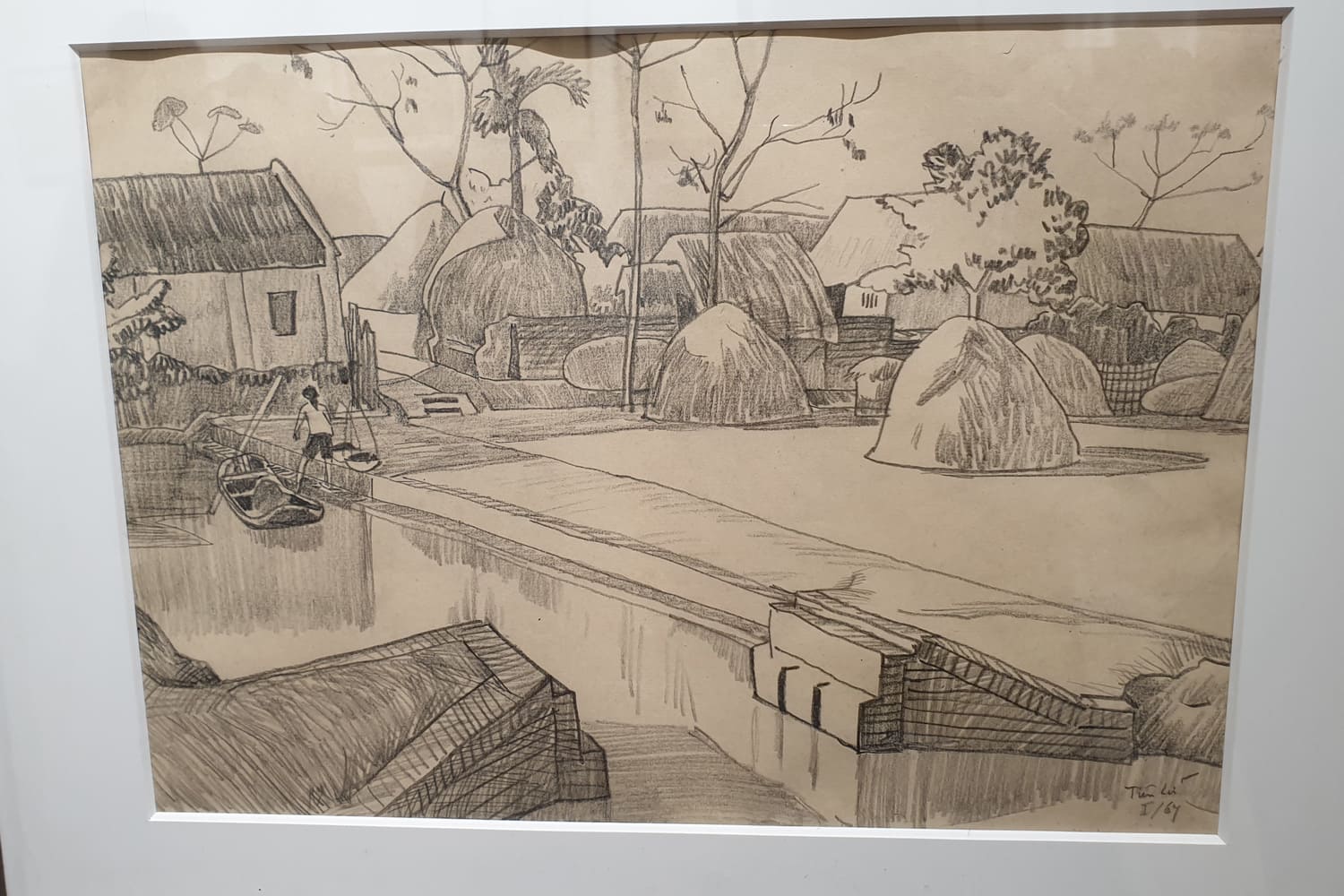
Early Years Filled with Inspiration
From a young age, Ngô Mạnh Lân displayed innate talent. His family, though not prominent, supported his artistic inclinations. Key milestones that shaped his path include:
- Childhood Imagination: Cloud-gazing sessions inspired drawings of adorable animals, establishing his playful and optimistic style that would later shine in animations.
- Art Education Amid War: At just 16 in 1950, he joined the inaugural course at the Vietnam School of Fine Arts in the Việt Bắc war zone, mentored by renowned artist Tô Ngọc Vân. This wartime training honed his skills under adversity, blending technical proficiency with emotional depth.
- Wartime Sketches: Enlisting in the military, he documented soldiers and civilians through poignant sketches during the Điện Biên Phủ campaign. These drawings captured the resilient spirit of the Vietnamese people, reflecting themes of endurance and national pride that permeated his later works.
These experiences were more than hobbies; they formed the bedrock of Ngô Mạnh Lân’s artistic philosophy—merging innocence, resilience, and cultural depth. After the 1954 peace accords, he was sent to study animation direction at the Soviet Union’s National Film School (VGIK) from 1956 to 1962. Returning to Vietnam, he joined the Vietnam Puppet Animation Studio (later the Vietnam Animation Studio), importing advanced techniques and a vision for innovation.
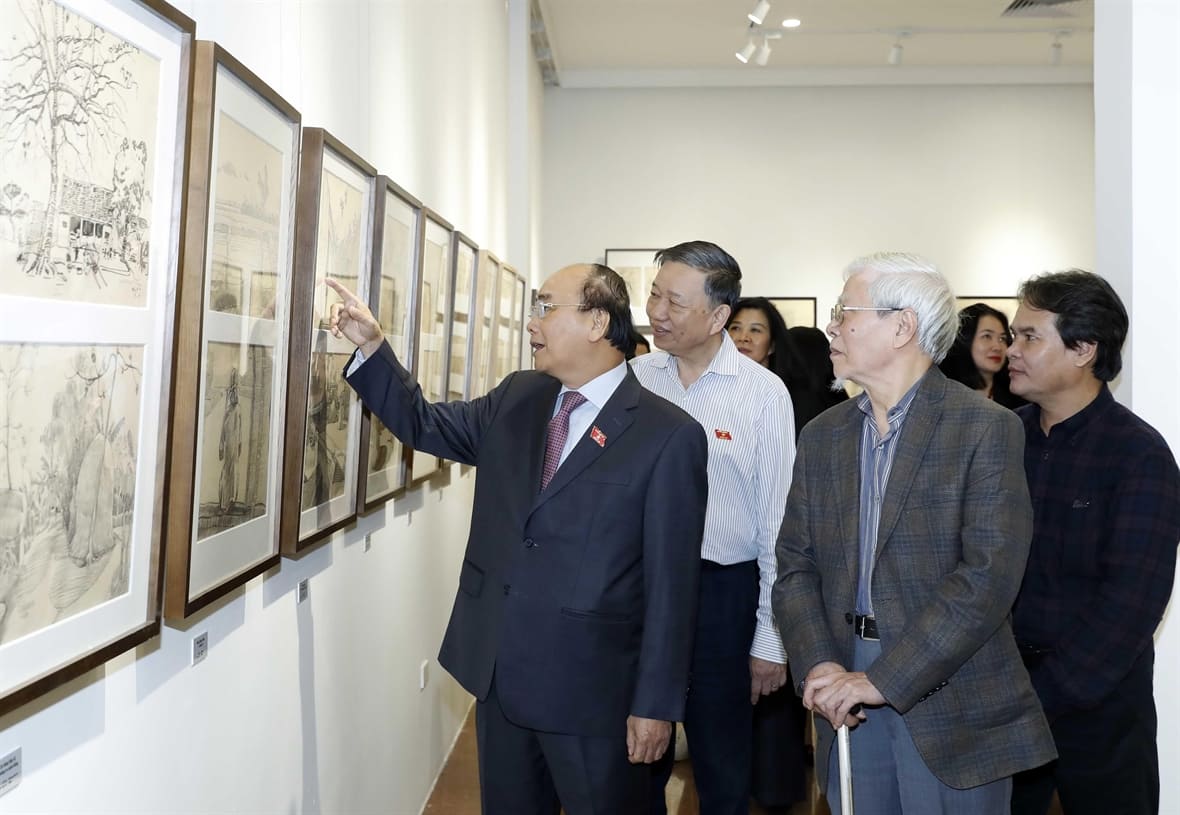
Artist Trần Văn Cẩn once remarked: “Ngô Mạnh Lân’s art is pure, expansive yet measured, reflecting an optimistic, witty gaze with subtle satire, rich colors, and solid forms.” This praise underscores how his early influences evolved into a mature style that bridged traditional folklore with modern animation.
Career of Artist Ngô Mạnh Lân: Pioneer of Vietnamese Animation
Ngô Mạnh Lân’s career is a testament to perseverance and creativity, elevating Vietnamese animation from nascent beginnings to internationally acclaimed works. As a trailblazer, he transformed folk tales into vibrant films, overcoming technological and resource constraints during wartime and post-war eras. His journey not only advanced the medium but also embedded Vietnamese cultural narratives into global animation history, inspiring a generation of filmmakers.
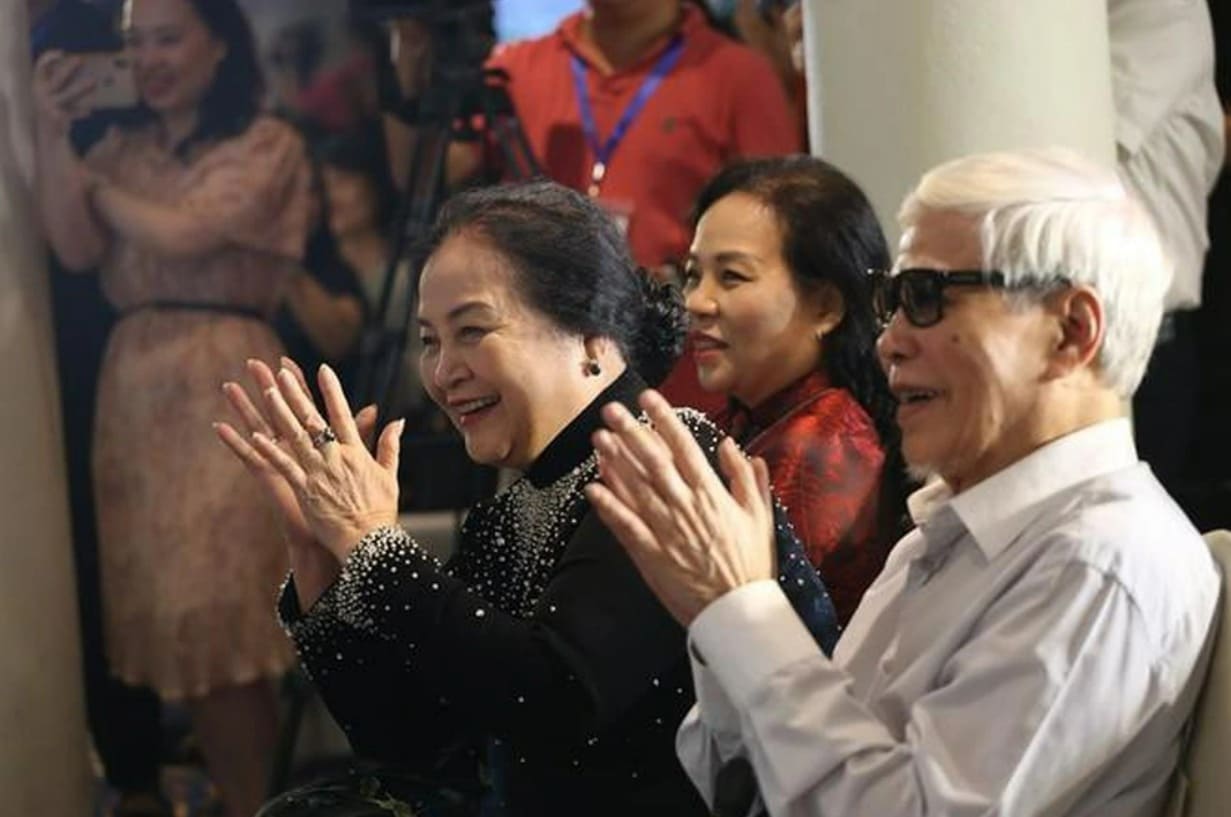
Over the course of more than four decades, Ngo Manh Lan’s career has been marked by 17 animated films in many genres: hand-drawn, paper-cut, and doll. He always emphasized that “animators need to keep their souls young.” In addition to directing, he also illustrated children’s books, bringing art closer to children.
Key milestones in Ngô Mạnh Lân’s career include:
- Leading the Animation Sector: From 1962, he helped establish the Vietnam Animation Studio, training emerging artists and laying institutional foundations.
- Diverse Artistic Forms: He explored oil paintings, posters, stamps, comics, and books, adapting to wartime limitations while innovating.
- Academic Contributions: In 1977, he co-authored Phim Hoạt Hình Việt Nam, a seminal text on animation. He earned a Deputy Doctorate in Arts from Russia in 1984 and was appointed Associate Professor in 1991.
As a pioneer of Vietnamese animation, he collaborated with writers like Tô Hoài, illustrating and adapting classics such as Dế Mèn Phiêu Lưu Ký (Adventures of a Cricket). Resource shortages—like scarce drawing paper or rudimentary tools—did not hinder him; instead, they fueled creativity, resulting in distinctly Vietnamese films that resonated emotionally and culturally. His approach emphasized narrative depth, using simple yet evocative visuals to convey moral lessons and folklore, ensuring accessibility for children while appealing to adults through subtle satire and national pride.
Các Bộ Phim Của Họa Sĩ Ngô Mạnh Lân: Kiệt Tác Vẫn Sống Mãi Với Thời Gian
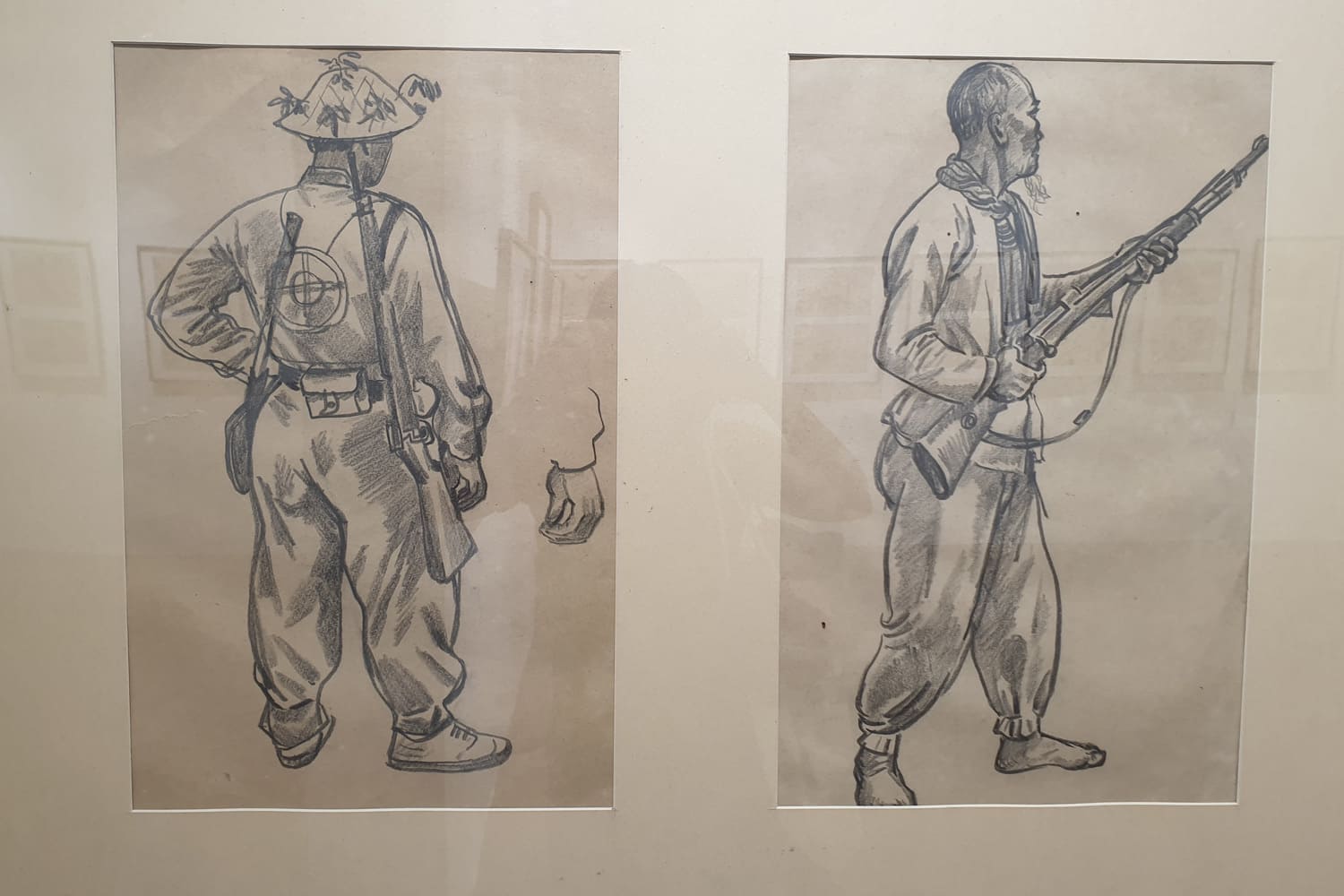
The Films of Artist Ngô Mạnh Lân: Masterpieces That Endure
From Một Ước Mơ to Chuyện Ông Gióng, Ngô Mạnh Lân’s films immortalize Vietnamese heritage. Here’s a list of his standout animations:
- Một Ước Mơ (1963): Vietnam’s first black-and-white animated film, exploring youthful dreams with profound emotion, setting a benchmark for local production.
- Mèo Con (Kitten, 1965): Innovative cut-paper technique teaching kindness, winning the Silver Pelican at Mamaia’s International Animation Festival.
- Con Sáo Biết Nói (The Talking Starling, 1967): A witty friendship tale that clinched the Golden Lotus Award, delighting audiences with humor.
- Những Chiếc Áo Ấm (Warm Coats, 1968): Puppet animation promoting unity, earning a Silver Lotus and resonating during wartime solidarity efforts.
- Chuyện Ông Gióng (The Tale of Saint Gióng, 1970): Epic retelling of the legendary hero, securing Golden Dove at Leipzig and Golden Lotus awards.
- Lời Đáng Yêu Nhất (The Most Loving Words, 1972): A simple yet profound story of empathy, showcasing mature emotional layering.
- Rồng Lửa Thăng Long (Thăng Long Fire Dragon, 1973): Celebrating Hanoi’s spirit with advanced visual effects, symbolizing resilience.
- Rừng Hoa (Flower Forest, 1974): Praising harmony with nature, awarded Silver Lotus for its poetic visuals.
- Bàn Tay Khổng Lồ (The Giant Hand, 1976): Humorous critique of greed, engaging viewers with satire.
- Thạch Sanh (1976): Heroic epic with spectacular battles, drawing from folklore for national pride.
- Bộ Đồ Nghề Nổi Giận (The Angry Tools, 1978): Satirical take on labor’s value, blending humor and social commentary.
- Bước Ngoặt (Turning Point, 1982): Reflective on change, displaying a more sophisticated style.
- Trê Cóc (Toad, 1993): Adaptation of Tô Hoài’s work, full of vitality and cultural nuance.
- Phép Lạ Hồi Sinh (Miracle of Resurrection, 1994): His final film, conveying themes of rebirth and hope.
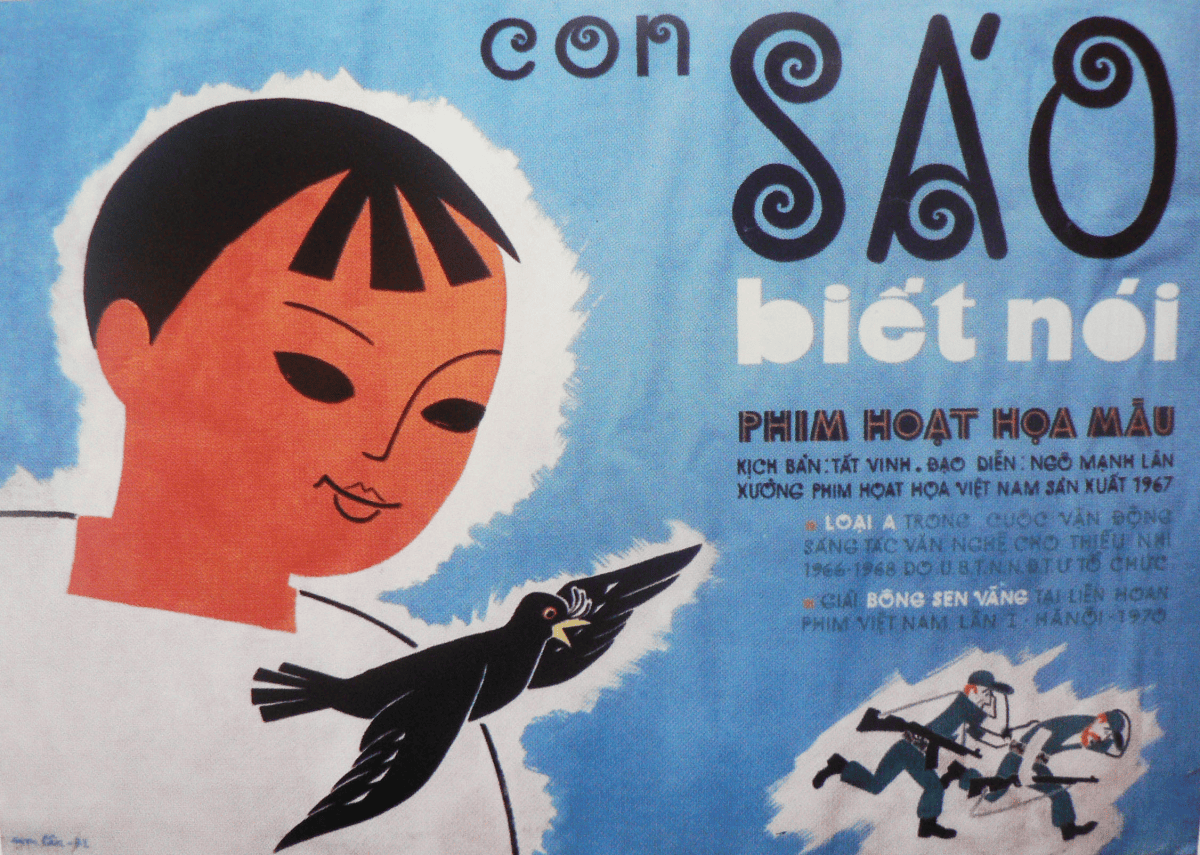
These films transcend entertainment; they safeguard folk culture, instilling national pride. Children adored them, and their smiles were his greatest reward. Ngô Mạnh Lân also illustrated beloved books like Dế Mèn Phiêu Lưu Ký, Trê Cóc, and Tú Uyên, enriching Vietnam’s children’s literature with vivid imagery. His animations often featured moral lessons—kindness, unity, patriotism—wrapped in accessible, joyful narratives, making complex folklore approachable for young minds while evoking nostalgia in adults.
Awards and Honors: Why NSND Ngô Mạnh Lân is a Legend
NSND Ngô Mạnh Lân wasn’t just recognized; he became a symbol of Vietnamese art, propelling animation onto the world stage. His accolades reflect tireless dedication, from national prizes to international acclaim.
Prestigious Awards
Ngô Mạnh Lân’s impressive award list includes:
- Golden Lotus Awards: Three times for Mèo Con, Con Sáo Biết Nói, and Chuyện Ông Gióng.
- Silver Lotus Awards: Four times, including Những Chiếc Áo Ấm and Rừng Hoa.
- International Prizes: Golden Dove at Leipzig (1971) for Chuyện Ông Gióng; Silver Pelican at Mamaia (1966) for Mèo Con.
- National Honors: State Prize for Literature and Arts (2007) for works like Kitten, The Tale of Saint Gióng, The Talking Starling, Warm Clothes, and Trê Cóc; honored for 55 years of Revolutionary Cinema (2008).
- Artistic Titles: Member of the Vietnam Fine Arts Association (1982); People’s Artist (NSND, 1997).
He participated in international festivals in Frankfurt (1967), Leipzig (1971), and multiple Vietnam Film Festivals. Beyond films, his oil paintings like Chiến Sĩ Điện Biên (Dien Bien Soldiers) and Chiều Thu (Autumn Afternoon) are museum treasures, exemplifying his fine arts prowess. These honors affirm his role in elevating Vietnamese animation globally, where his works were even featured in the Soviet Cinema Encyclopedia.
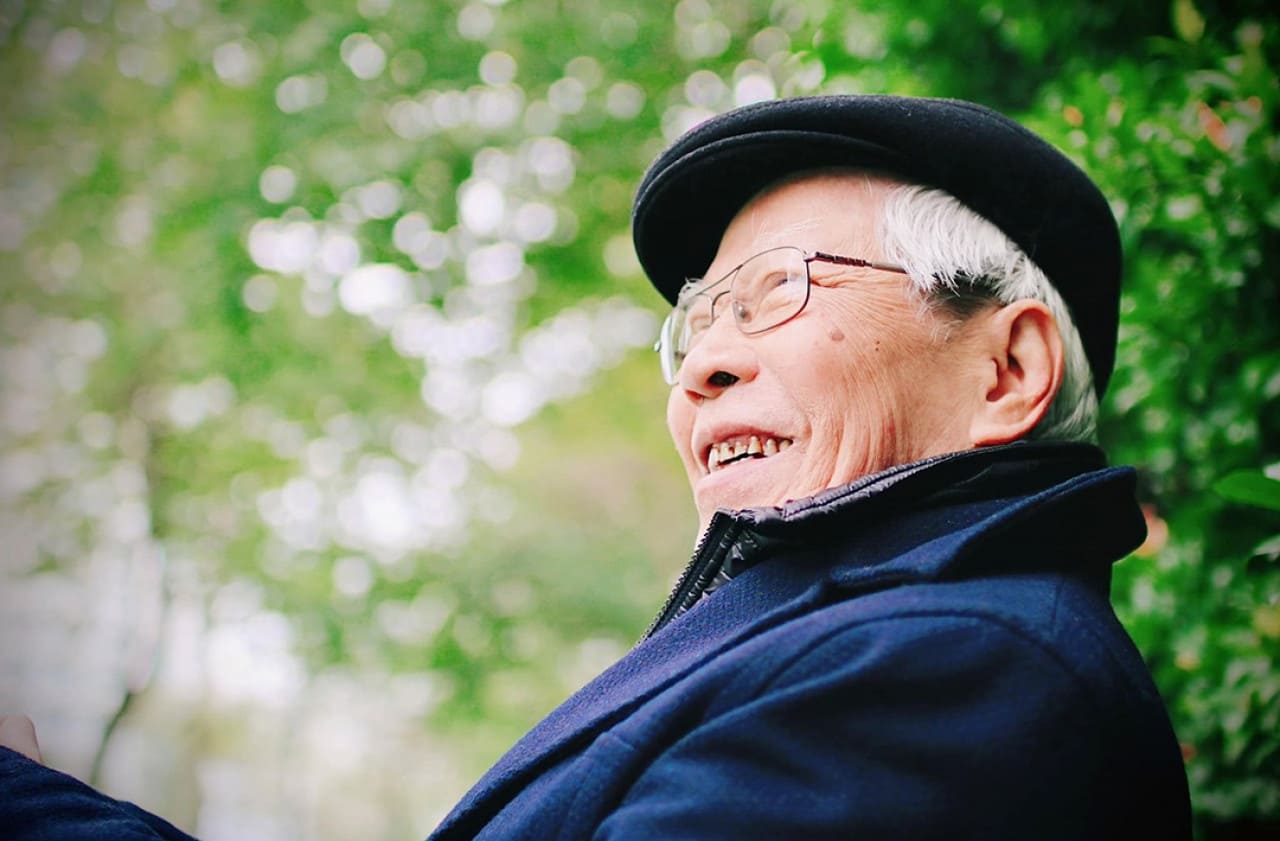
Legacy and Personal Life of Artist Ngô Mạnh Lân
Behind the fame lay a modest man devoted to family. Married to actress Phan Ngọc Lan, they formed an inspiring artistic duo, weathering war and nurturing young talents. Ngô Mạnh Lân believed art required “childlike eyes.” Even at 87, when he passed away on September 15, 2021, in Hanoi and was buried at Lạc Hồng Viên Cemetery, he continued drawing for children, preserving his innocent spirit.
An Immortal Legacy
NSND Ngô Mạnh Lân’s legacy endures through:
- Cultural Preservation: Films safeguarding folk tales, inspiring new directors to continue his tradition of animated folklore.
- Inspiration Source: His path from Việt Bắc to international screens motivates young artists amid modern challenges.
- Educational Value: Films and books teach kindness, unity, and patriotism, remaining staples in Vietnamese education and entertainment.
The biography of artist Ngô Mạnh Lân is more than an individual’s story; it’s a chronicle of preserving joy and culture. To delve deeper, watch his films—each frame is a miracle of creativity and heritage. His influence persists in Vietnam’s animation scene, where his techniques and themes continue to evolve in digital formats, ensuring folk tales reach new audiences worldwide.
